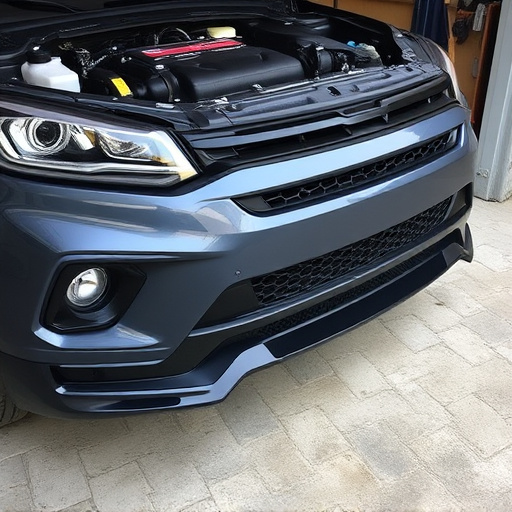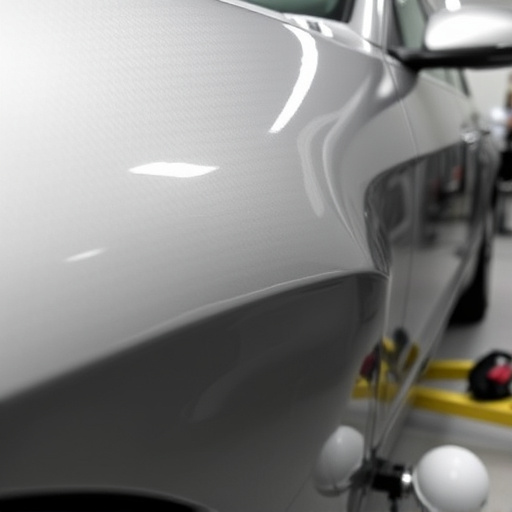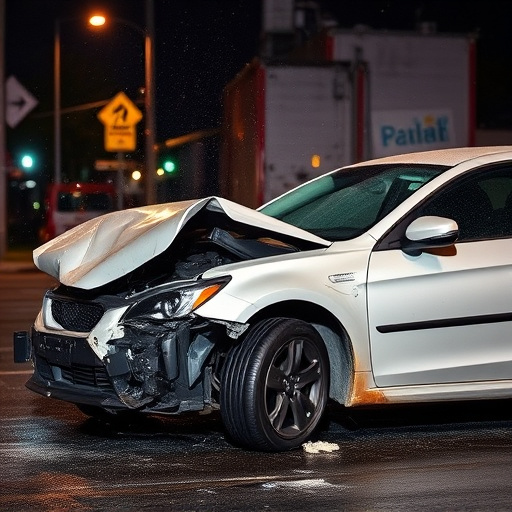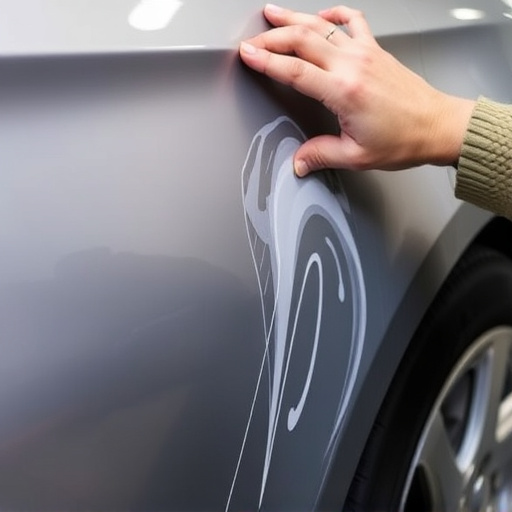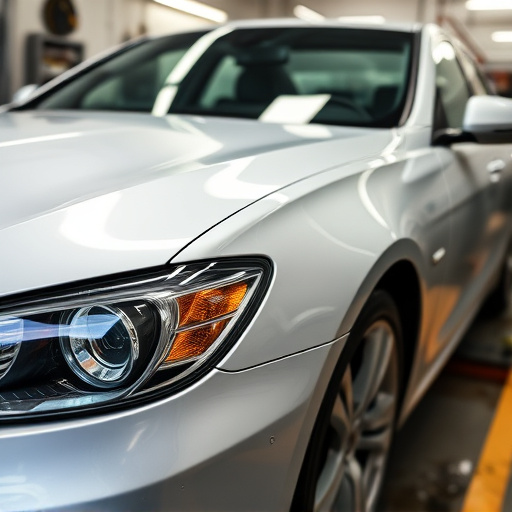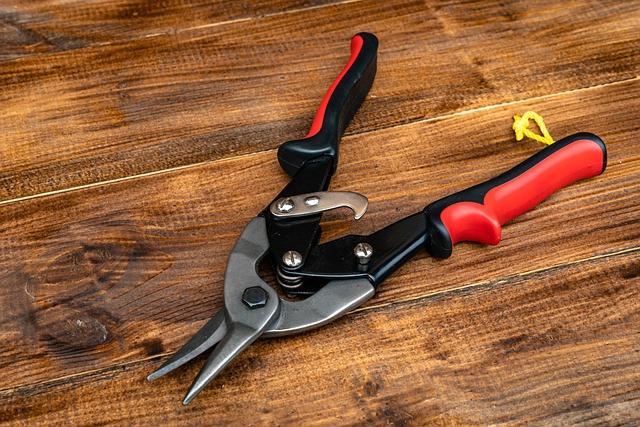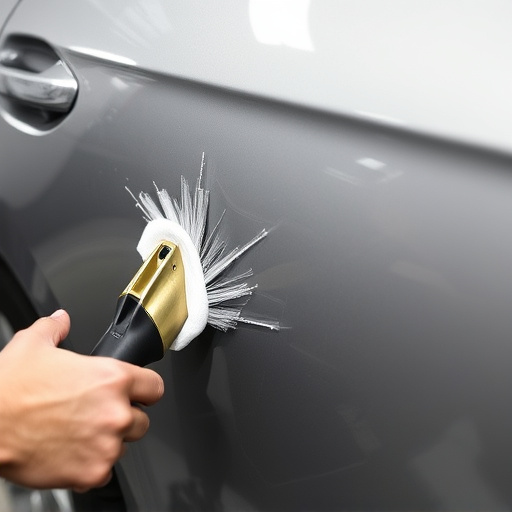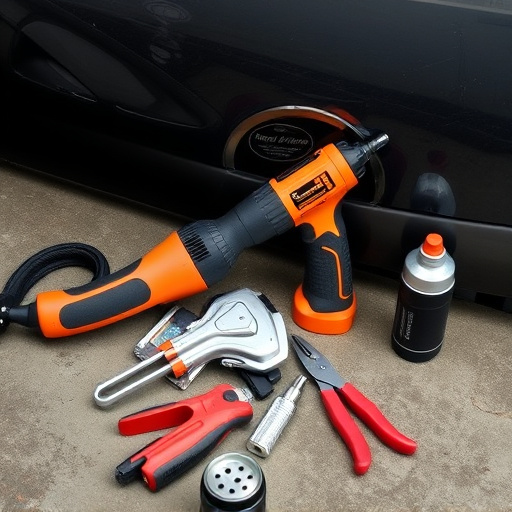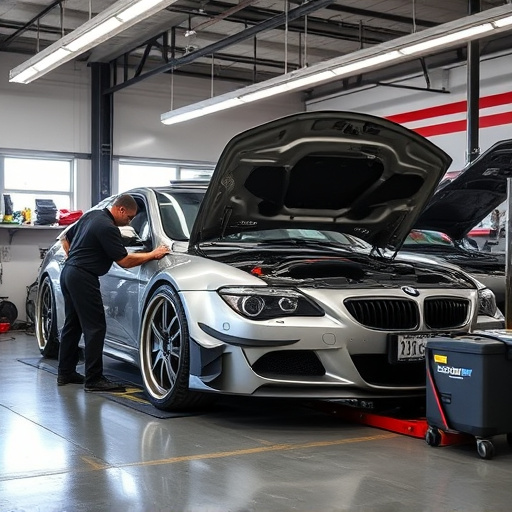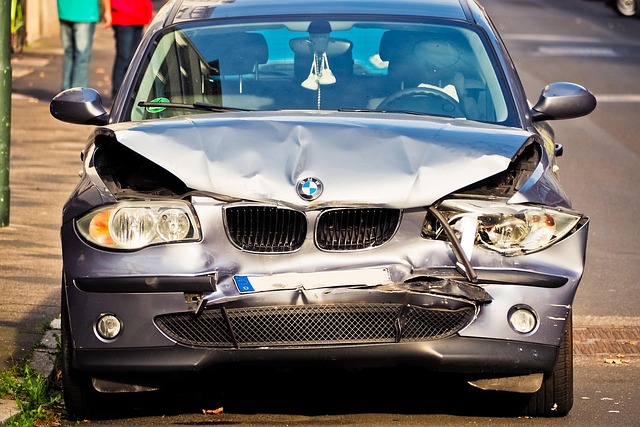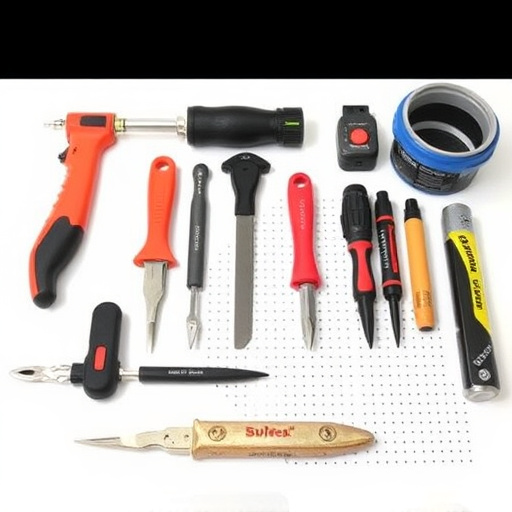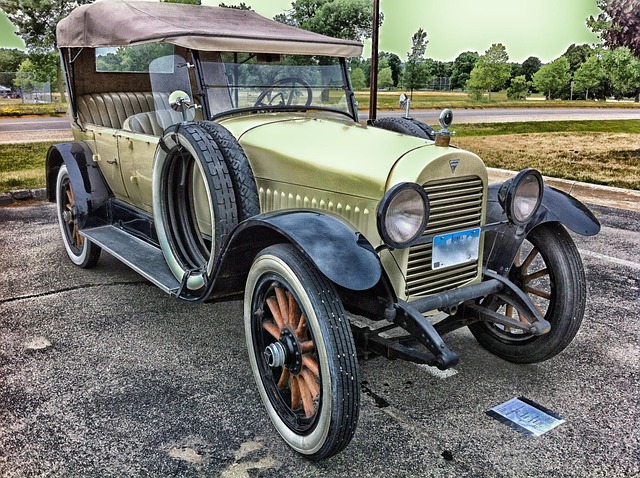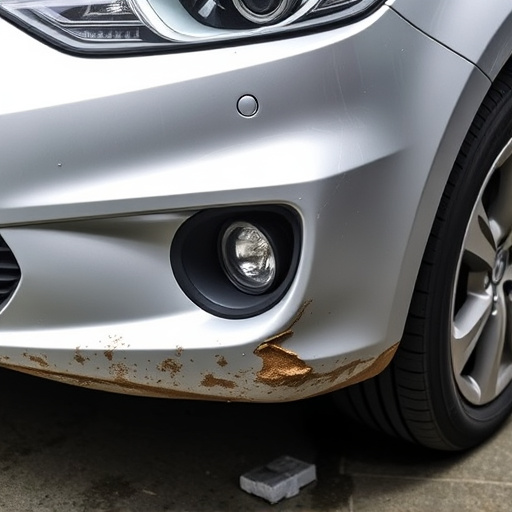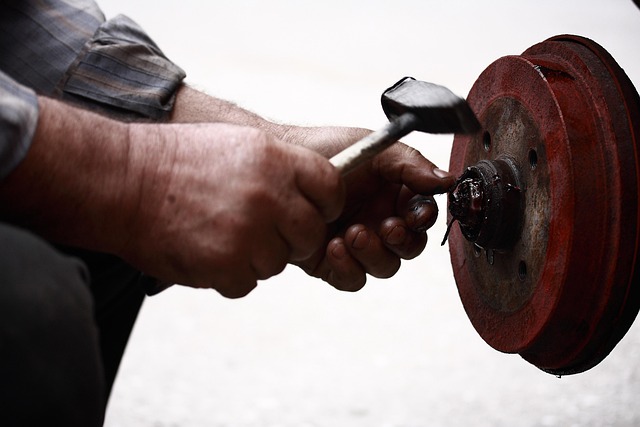Collision repair scheduling demands consideration of generational differences between classic and modern vehicles. Older cars require specialized care due to unique construction, limited parts, and diagnostic challenges, while newer models benefit from advanced manufacturing and readily available parts but face technical complexities with computer systems. Effective scheduling prioritizes repairs based on vehicle age and model, utilizing dedicated technicians for older cars and flexible routines for newer ones. Digital scheduling systems offer real-time updates, efficient resource allocation, and precise tracking to minimize wait times and enhance customer satisfaction through continuous improvement.
Collision repair scheduling varies significantly between older and newer vehicle models, with each generation presenting unique challenges. As automotive technology advances, so do the complexities of repairing modern vehicles, impacting scheduling efficiency. This article explores these disparities, delving into the considerations that adjust how we approach collision repair for different age groups. By understanding these nuances, we can implement effective strategies to optimize scheduling, ensuring swift and precise repairs across generations.
- Understanding Collision Repair Scheduling for Different Vehicle Generations
- Challenges and Considerations for Older Vehicles vs. Newer Models
- Strategies for Efficient and Effective Collision Repair Scheduling
Understanding Collision Repair Scheduling for Different Vehicle Generations
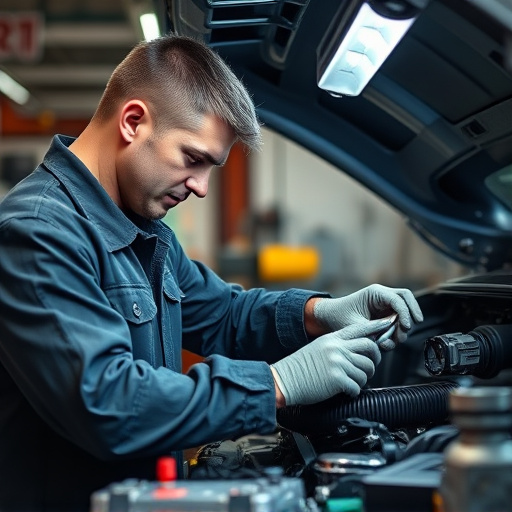
Collision repair scheduling varies significantly when dealing with older versus newer vehicle models. Older cars, often referred to as classic cars or vintage models, require specialized care and knowledge due to their unique construction methods, materials, and lack of modern technology. These vehicles may have intricate detailing, custom finishes, and limited availability of replacement parts, making the restoration process more complex and time-consuming. Auto repair shops specializing in classic car restoration need to invest in specialized tools and training to ensure accurate repairs that maintain historical integrity.
In contrast, newer vehicle models benefit from advanced manufacturing techniques, readily available parts, and sophisticated diagnostics. Contemporary auto repair services for these vehicles focus on efficiency, precision, and utilizing the latest technology. Automotive restoration, while still important for maintaining the aesthetics and value of modern cars, is less about meticulous handcrafting and more about using advanced tools and materials to restore performance and appearance. This difference in approach underscores the need for collision repair shops to adapt their strategies based on the generation of vehicles they are repairing, ensuring optimal outcomes for each distinct category.
Challenges and Considerations for Older Vehicles vs. Newer Models
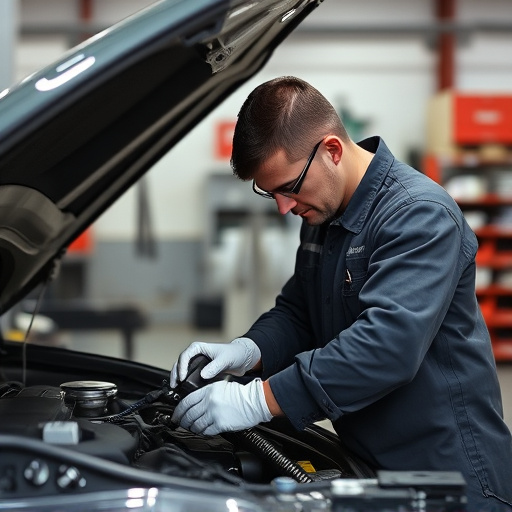
When it comes to repair scheduling after a collision, older and newer vehicle models present distinct challenges and considerations. Older vehicles often face more complex diagnostic issues due to their lack of advanced onboard diagnostics, making the repair process more time-consuming. The availability of replacement parts can also be a hurdle; as models age, spare parts become scarcer, potentially leading to longer wait times for repairs. Additionally, older cars may require specialized knowledge and tools for auto maintenance, which could limit the number of repair shops capable of handling these vehicles effectively.
In contrast, newer vehicle models come with sophisticated safety features and advanced engineering, but they pose unique challenges as well. Modern cars are increasingly reliant on computer systems and electronic components, making car dent removal and other repairs more technically demanding. Furthermore, the integration of new technologies can sometimes create compatibility issues when repairing or replacing parts. While newer models might benefit from a wider range of readily available replacement parts, their complex systems may also lead to longer repair schedules if specialized tools or training are required.
Strategies for Efficient and Effective Collision Repair Scheduling
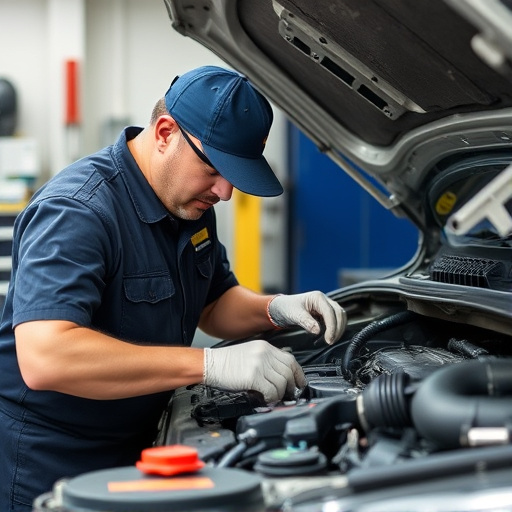
Efficient and effective collision repair scheduling is a critical aspect of any automotive service center. One key strategy involves prioritizing repairs based on vehicle age and model. Older vehicles often require more extensive work, including complex frame straightening and multiple dent repairs. Therefore, assigning dedicated technicians for these cases ensures quality and speeds up the process. For newer models, routine cosmetic fixes like paint jobs or minor body work can be scheduled more flexibly.
Implementing a digital scheduling system is another effective approach. This technology allows for real-time updates, efficient resource allocation, and precise tracking of each vehicle’s progress. By integrating these systems with existing automotive repair software, technicians can seamlessly manage tasks, minimizing wait times and enhancing overall customer satisfaction. Regular reviews of the scheduling process also help identify bottlenecks, allowing for continuous improvement in service delivery.
In conclusion, effective repair scheduling collision strategies are vital for both older and newer vehicle models, each presenting unique challenges. Understanding the nuances of different generations allows for tailored approaches that optimize workshop efficiency and customer satisfaction. By implementing efficient practices, collision repair centers can manage diverse vehicle types, ensuring prompt and quality service for all.
